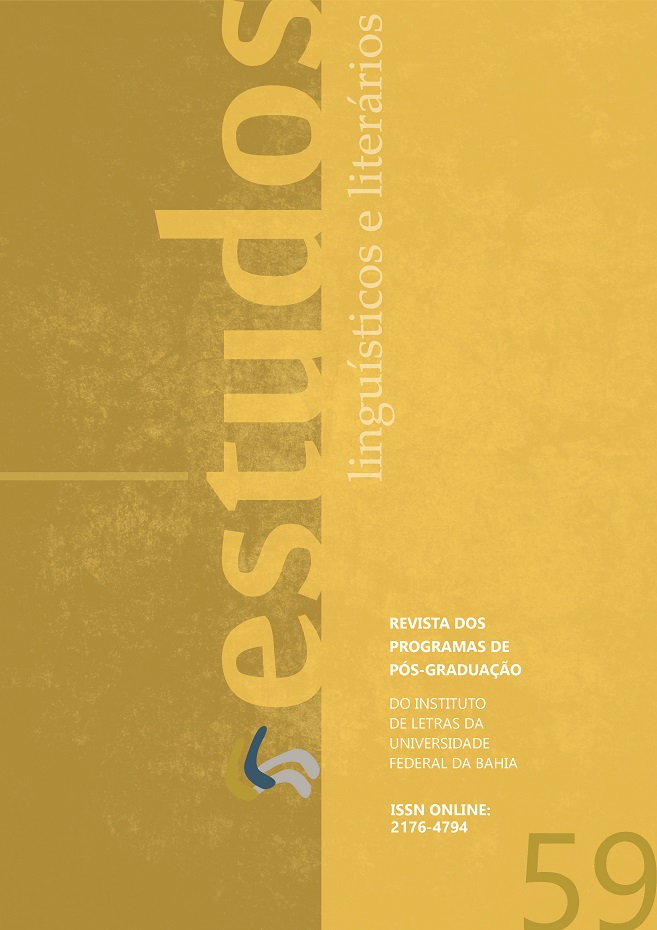GÊNERO-QUEER, AS METAMORFOSES DO HUMANO E O PÓS-HUMANO, EM GIRL MEETS BOY, DE ALI SMITH | GENDERQUEER, HUMAN METAMORPHOSES AND THE POSTHUMAN, IN ALI SMITH’S GIRL MEETS BOY
DOI:
https://doi.org/10.9771/ell.v0i59.28884Palavras-chave:
Gênero, Queer, Metamorfose, O Pós-Humano.Resumo
Resumo: Analiso aqui como Ali Smith, em Girl Meets Boy (2007), aborda questões relevantes nos dias de hoje, trazidas tanto pelos Estudos de Gênero, como pela Teoria Queer e pelos debates acerca do Pós-Humanismo. Por meio de uma narrativa que experimenta e brinca com a linguagem, Smith desenvolve uma espécie de tratado político-poético, em que reconta o mito de Iphis e Ianthe, para explorar diversas possibilidades de metamorfoses de gêneros, identidades e subjetividades. As transformações de Anthea permitem que Smith elabore e problematize um humano descentrado, sinestésico, pós-humano e pós-antropocêntrico, cuja subjetividade se constrói, como diria Rosi Braidotti (2015), na “interconexão do humano com o ambiente não humano”. A personagem usa seu corpo transgressor para marcar literalmente, por meio de performances, grafites e cartazes, seu protesto contra a indústria da água, o sexismo e a conformidade de gênero. É possível, então, estabelecer um diálogo com a forma em que Braidotti entende a subjetividade pós-humana como material, relacional, incorporada e “firmemente localizada” em um lugar específico com a construção de Anthea como conectada com a natureza e a cultura, ocupando um espaço de crítica contundente ao humanismo eurocêntrico, ao capitalismo global, à heteronormatividade e ao binarismo dos gêneros.
Abstract: Here, I analyze how Ali Smith, in Girl Meets Boy (2007) deals with some very relevant contemporary issues raised by Gender Studies, Queer Theory and by the debates about the Posthuman. In a quite experimental and playful narrative, Smith develops a sort of a poetic-political treatise in which she recasts the myth of Iphis and Ianthe in order to explore a plethora of possible metamorphoses of gendered bodies, identities and subjectivities. Anthea’s transformations allow Smith to problematize and elaborate on the existence of a synesthetic, decentered posthuman body, whose subjectivity is built upon the “inter-connection between the human and the non-human environment, as Rosi Braidotti would put it (2015, p. 40). The character uses her transgressive body to literally inscribe her protest against the water industry, sexism and gender conformity, through performances, graffiti and posters all over the town. It is possible then to establish a dialogue between the way Braidotti undestands posthuman subjectivity as material, relational, embodied and “firmly located” in a specific place and Anthea as being connected with nature and culture, so as to occupy a space of compelling criticism of Eurocentric Humanism, Global Capitalism, heteronormativity and gender binarism.
Keywords: Gender; Queer; Metamorphoses; The Posthuman.


